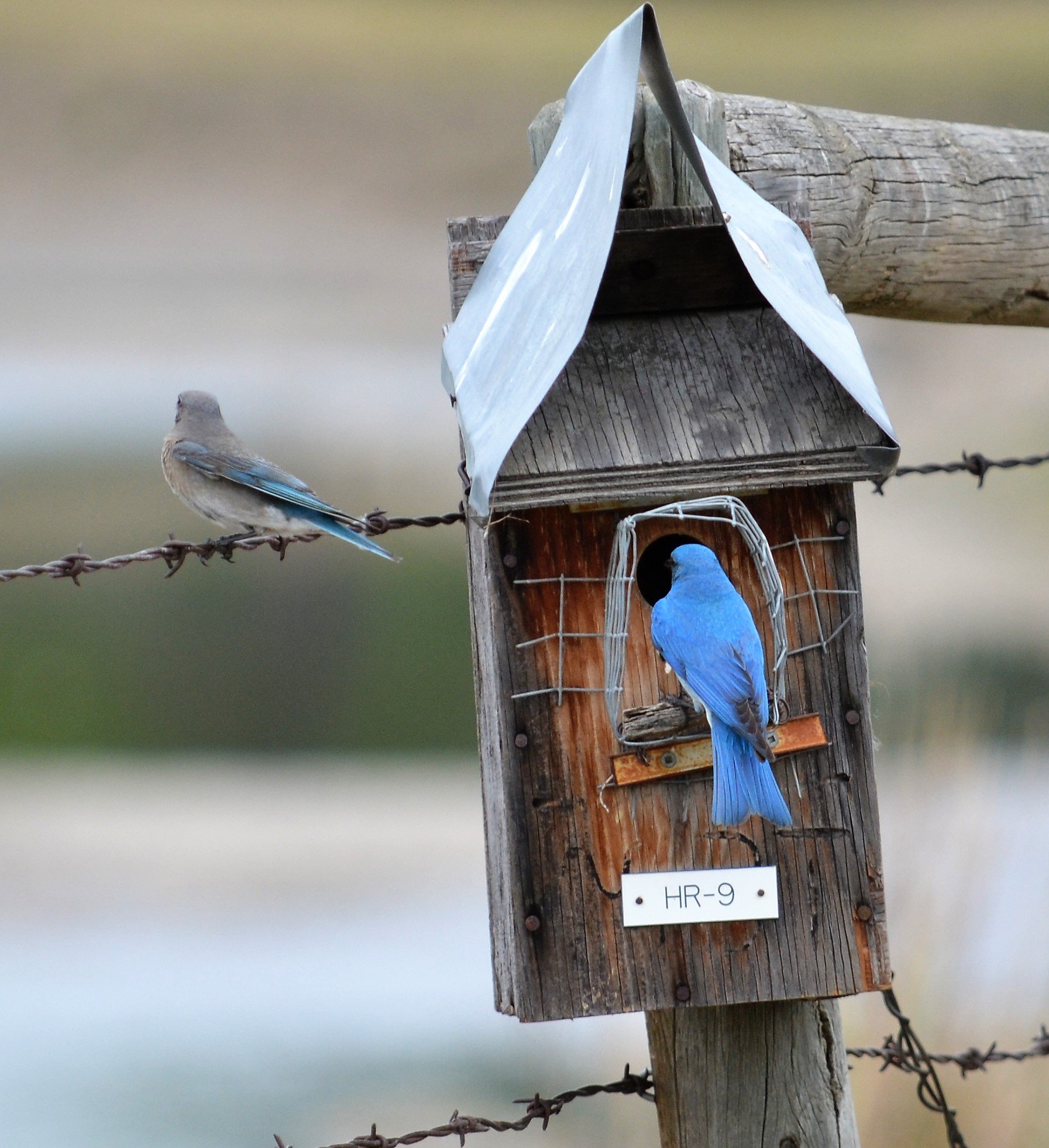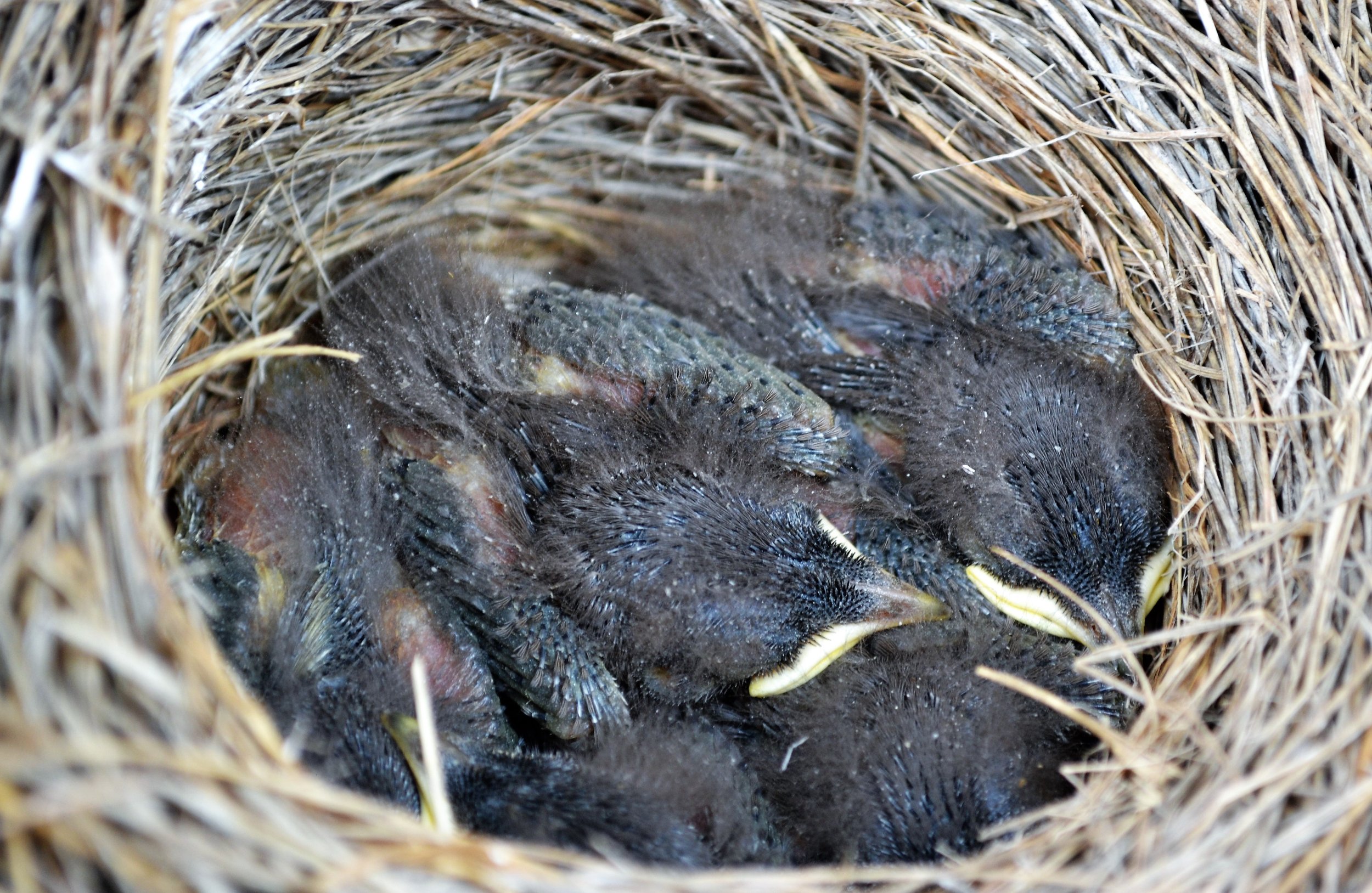Where do Mountain Bluebirds migrate to in Winter?
Mountain Bluebirds (Sialia currucoides) are an absolute delight during the early spring and summer in Southern Alberta. When they quickly disappear in September it is clear that the seasons are changing, and autumn has arrived. But where do the Mountain Bluebirds go when they leave Alberta?
The Audubon Society, in partnership with many great organizations, recently released an amazing online tool to help visualize bird migrations: BirdMigrationExplorer.org. This helpful tool is a wealth of information that builds a great understanding of where our bluebirds go - and in turn, how connected we are to other parts of North and Central America!
BirdMigrationExplorer.org - showing connection between observed tagged bird data re-encounters, connecting Southern Alberta with Kansas
Using data collected from a range of instruments and from citizen scientist apps like eBird.org, we are able to generate a greater awareness of the range of the Mountain Bluebird across the seasons. This helps us to understand the different conservation challenges they face, which helps us to know how we can effectively do our part to help conserve and restore suitable habitat for Mountain Bluebirds.
Migration maps are generated from a range of different data sources:
GPS (global positioning system) satellite telemetry
Doppler satellite telemetry
Light-level telemetry
Automated radio telemetry
Citizen science observations
These can combine individually tracked bird level data to generalized weekly abundance data collected from citizen science applications. Learn more here about the methodology and partners here.
It becomes clear that many Mountain Bluebirds starting migrating in late-August and early-September from places like Southern Alberta to begin overwintering in places from coastal California to the Colorado Plateau to the Great Plains (Kansas and Oklahoma) of the United States, then in the deep-freeze of winter, moving further south into the Edwards Plateau - from Arizona to New Mexico and Texas, as far south as Mexico.
“Did you know? There is an estimated 5,600,000 breeding age Mountain Bluebirds in the world!”
The migration reverses course in the new year, with Mountain Bluebirds arriving back in Southern Alberta by the end of February. This renews the cycle and gives us certainty that spring is back again.
You can help build awareness of Mountain Bluebird migration activity by contributing your sightings to https://ebird.org/
Where do you think these Mountain Bluebirds, born near Lethbridge in Spring 2022, will migrate this winter? Leave your comments below!



